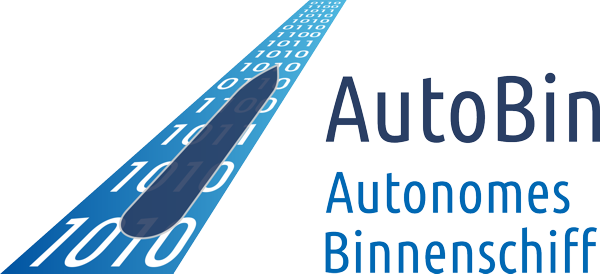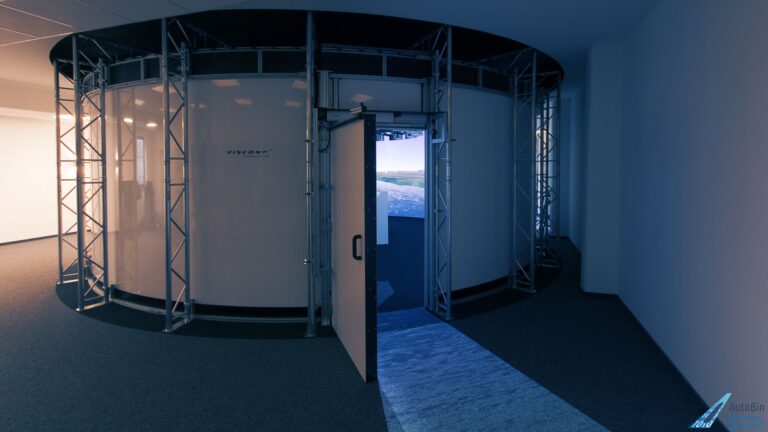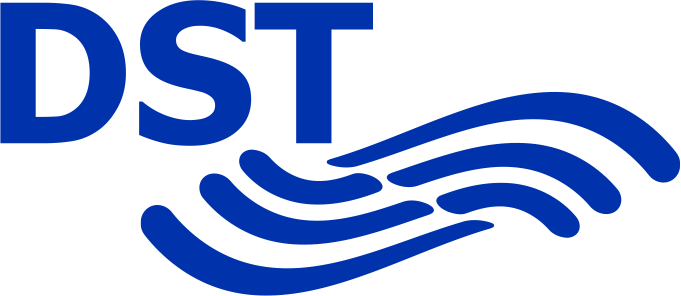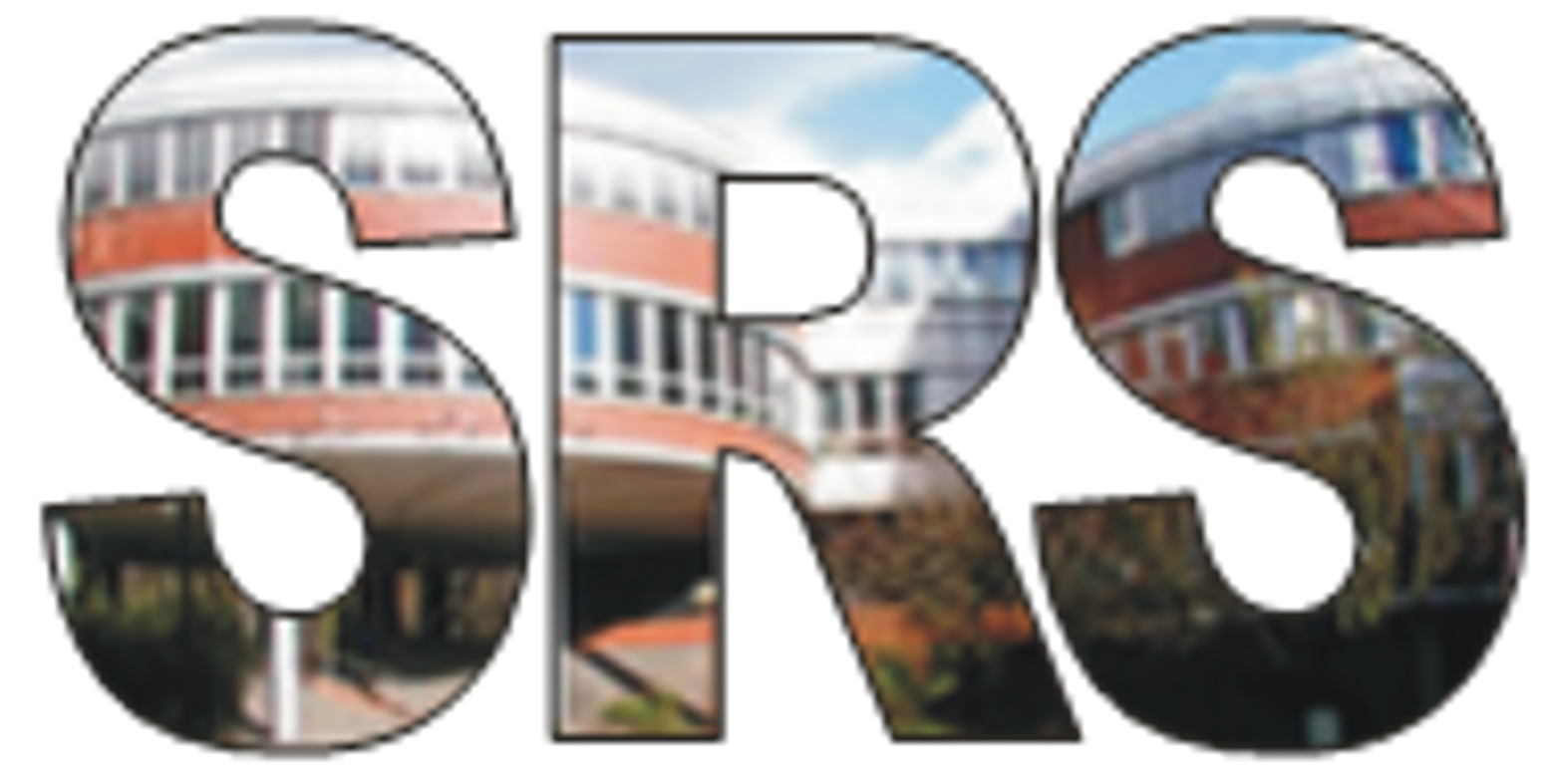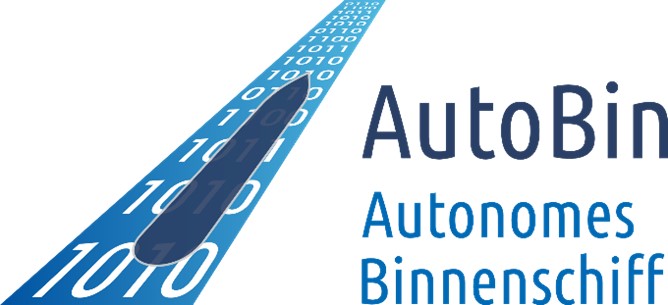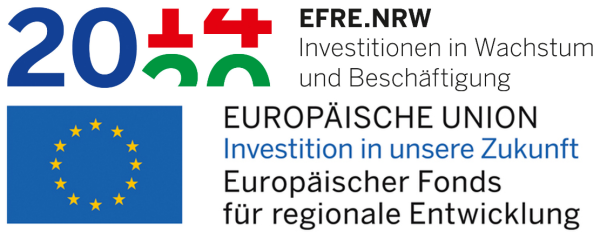1.2 AI / Behavior Control
The central functionality of the autonomous inland vessel is achieved by the realization of automated driving behavior functions, which, based on secured and reliable input data and information (sensor technology), performs situation-specific control of the conventional control instruments of the vessel (actuator technology). Algorithms of classical path planning, machine learning (ML), artificial intelligence (AI), sensor fusion and model predictive control are used for this purpose. In this context, position determination plays a central role. Sensor fusion (e.g., Kalman filtering) combines GPS sensing and inertial sensing. This information can be combined with the help of the environment scene recognition possible via the optical sensor technology, which has already been learned via the simulation (or later on the basis of previous journeys) and is also provided with position data. How this is combined is the subject of the project.
Using the recognition of other road users and their driving intentions (WP 1.3), a map is available internally in the vehicle for mapping the environmental situation in addition to the position of the vehicle and objects, in order to build up a dynamic 2D map internally in the computer. This map allows the planning or rescheduling of the own routes as well as the pre-planning of the movement of others and thus a conflict detection. Using local behavior planning (evasive maneuvers) by evaluating behavior alternatives, evasive maneuvers are determined if necessary.
